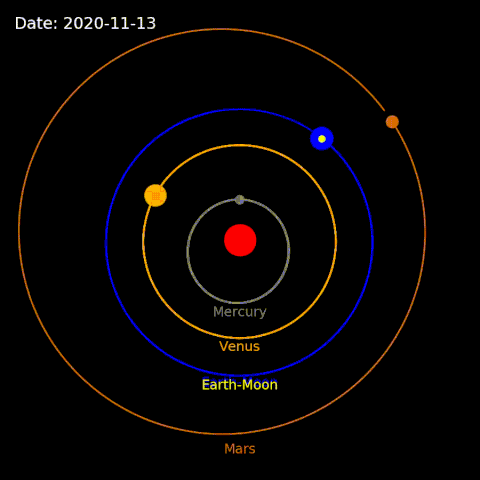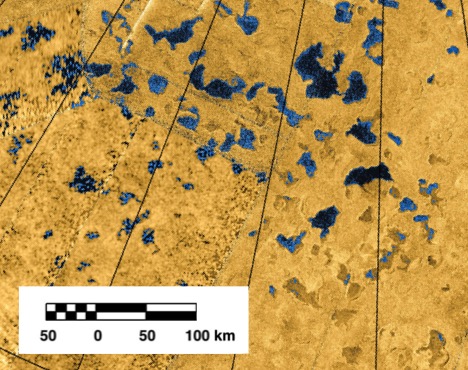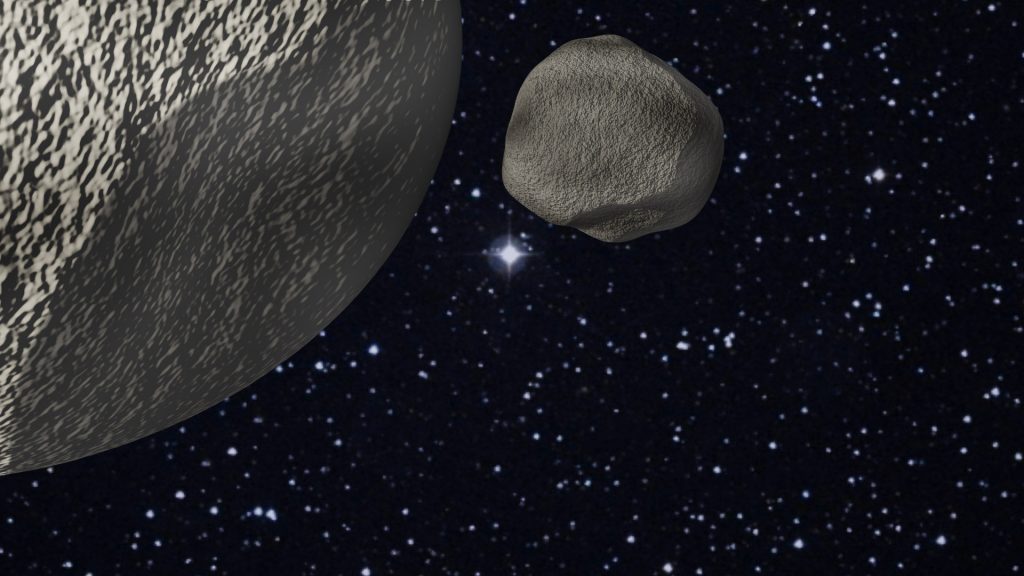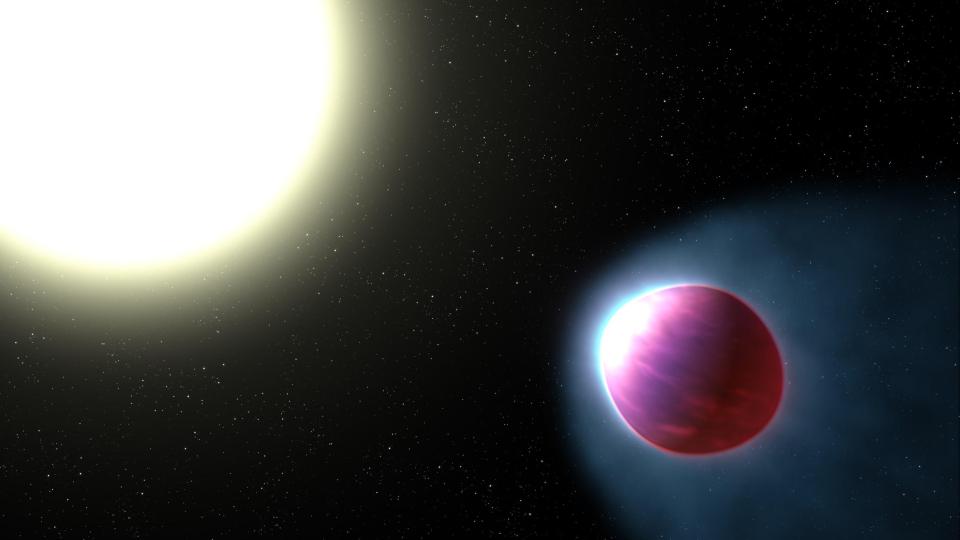Media
Transcript
Well, it’s been a wild couple of weeks, hasn’t it? I don’t have a lot more to say about my friend and colleague Paranor that hasn’t already been said. He was a huge supporter of me and my work and kept me going, as he did for so many others. He was an amazing person all around, despite or perhaps because of his demons. And, most importantly, I miss him.
Since we were dark all last week, I didn’t get to share some stories with you that I would have. I’m going to make up for it. Consider this episode a double dose of planetary science for your brain.
Let’s start with two stories that are literally close to home.
First off, Venus has been in the news a LOT recently. A lot. Like, I’m a little sick of it myself, and I’m excited at the prospect of life on another planet.

As we know, Venus had a runaway greenhouse effect that left it distinctly inhabitable for life as we know it. Perhaps, weirdly enough, Jupiter is to blame.
I’ll give this story to you quickly. Venus has a nearly perfectly circular orbit around our Sun, which is highly unusual. New models show that this orbit was not always the case and that Venus’ orbit was for more elliptical a billion years ago, while the planet was still possibly habitable. Where does Jupiter come into the story? Jupiter was closer to the Sun that same billion years ago, and it had to migrate out. As lead researcher Stephen Kane said: As Jupiter migrated, Venus would have gone through dramatic changes in climate, heating up then cooling off and increasingly losing its water into the atmosphere.
Habitability is not forever, it seems.
However, diamonds are forever. That’s a good thing for planetary scientists because they can give us insight into pressure conditions in the past, even when they come in meteorites. On Earth, diamonds form deep underground, under immense pressure. And scientists thought the same was true for a particular type of meteorite – ureilites.

Of course, for this formation process to be true, these meteorites would have had to come from pieces of a much larger body in order to create the amount of pressure needed to compress carbon into diamonds. Think of a protoplanet the size of Mercury or Mars.
Now, however, researchers from the University of Padova and the Lunar and Planetary Institute (LPI) examined various ureilite samples and found evidence for a different origin. Dr. Cyrena Goodrich explains: We discovered the largest single-crystal diamond ever observed in a ureilite. Importantly, the ureilites that we investigated have all been highly shocked, based on the evidence from their silicate minerals, which strongly suggests that both large and small diamonds in these rocks formed from original graphite via shock processes.
Shock processes like an impact. This means that the prevailing theory of protoplanet formation on a Moon- to Mars-like scale is not required for these meteorites and their parent asteroids. And that, once again, changes how we create our formation models.
Moving farther out into our solar system, I have to give a mention to a story we missed from our home Planetary Science Institute (PSI) about Saturn’s moon Titan and its lakes.

Again, we have to compare what we know here on Earth to what we find elsewhere in space. In this instance, we know that lakes on Earth experience stratification due to changes in the density of the water from temperature processes. The Sun heats the water, which then becomes less dense and rises to the top of the lake as it warms, leaving cooler layers below.
The same density-driven stratification is found on Titan, but the process is completely different. Instead of layering due to temperature, reactions with the atmospheric nitrogen cause the methane in the lakes to become denser than the ethane instead of the usual other way around. And so the methane rises above the ethane. Institute Research Scientist Jordan Steckloff explained: We focused on small, shallow lakes that fill following Titan’s rain events, and found that, if the temperature is low, the evaporation of methane from the surface can drive out dissolved nitrogen, which is heavy, resulting in an ethane-enriched (methane-nitrogen poor) layer floating on top of a methane-rich layer.
I also love this quote from Steckloff: “Earth is the most Titan-like planet known.” It changes the perspective of how we look at our solar system a little.
I’m going to move further out into that solar system and look at a recently discovered binary trans-Neptunian object. And boy, is that a mouthful. No, I will not say it five times fast.

Quick breakdown in terms: A Trans-Neptunian object is anything that orbits the Sun out past the orbit of Neptune. A binary system within our solar system is two bodies orbiting each other while still orbiting the Sun as well. And scientists from Southwest Research Institute (SwRI) used a citizen science network to find this new object when it caused an “occultation” of a distant binary star system. As it passed between Earth and that distant pair of stars, it caused their light to disappear, allowing the team to measure the size of the two bodies involved.
Scientist Rodrigo Leiva described the new object: What’s also interesting and unusual is this object’s characteristics. The two components are quite close, only 350 kilometers apart. Most binary TNOs are very separated, usually 1,000 kilometers or more. This closeness makes this type of binary TNO difficult to detect with other methods, which is what RECON was designed to accomplish.
RECON is Research and Education Collaborative Occultation Network, which is a collection of 56 observation stations stretching from Yuma, Arizona, to Orville, Washington. Each station has an array of observing equipment, including an 11-inch telescope. SwRI researchers train high school teachers to use the equipment, and they go on to teach the students, who then make the observations.
We do love citizen science here at CosmoQuest.
Finally, I briefly bring you two stories of planets outside our solar system.
First, we come back to the issue of habitable planets. Scientists have been debating for years whether or not planets near stars that have so-called “superflares” can sustain life. Researchers at the University of North Carolina at Chapel Hill found that per lead study author Ward S. Howard: …planets orbiting young stars may experience life-prohibiting levels of UV radiation, although some micro-organisms might survive.
So that’s… discouraging.
And while this next story is discouraging toward finding life, it’s still pretty cool. Well, actually, it’s really hot. Extremely hot.

Exoplanet WASP-121b is 850 light-years from Earth and orbits its star in less than two days. It’s also very close to its star, which means its outermost surface is around 2,500 to 3,000 degrees Celsius. Do you want to know what researchers found in the atmosphere? Vaporized metals, y’all. Specifically, vanadium, iron, chromium, calcium, sodium, magnesium, and nickel.
Not exactly a candidate for life as we know it, but it does give us one more exoplanetary atmosphere to understand and recognize when we find it on other worlds.
And there you have two weeks’ worth of planetary science.
Learn More
Venus Might Be Habitable Today, If Not for Jupiter
- UC Riverside press release
- “Could the Migration of Jupiter Have Accelerated the Atmospheric Evolution
of Venus?,” Stephen R. Kane et al., 2020 September 4, The Planetary
Science Journal
New Insights into the Origin of Diamonds in Meteorites
- LPI press release
- “Impact Shock Origin of Diamonds in Ureilite Meteorites,” F. Nestola, C. A.
Goodrich et al., 2020 Sep. 28, Proceedings of the National Academy of
Sciences
Titan’s Lakes Can Stratify Like Those on Earth
- PSI press release
- “Stratification Dynamics of Titan’s Lakes via Methane Evaporation,” Jordan
K. Steckloff et al., 2020 July 14, Planetary Science Journal
Study Describes Discovery of Close Binary Trans-Neptunian Object
- SwRI press release
- “Stellar Occultation by the Resonant Trans-Neptunian Object (523764) 2014
WC510 Reveals a Close Binary TNO,” Rodrigo Leiva et al., 2020 Sep. 28,
Planetary Science Journal
Research Explores How Superflares Affect Planets’ Habitability
- UNC-Chapel Hill press release
- “EvryFlare III: Temperature Evolution and Habitability Impacts of Dozens of
Superflares Observed Simultaneously by Evryscope and TESS,” Ward S. Howard
et al., 2020, to appear in the Astrophysical Journal (preprint on arxiv.org)
Vaporized Metal in the Air of an Exoplanet
- University of Bern press release
- “Hot Exoplanet Atmospheres Resolved with Transit Spectroscopy (HEARTS) —
IV. A Spectral Inventory of Atoms and Molecules in the High-Resolution
Transmission Spectrum of WASP-121 b,” H. J. Hoeijmakers et al. 2020 Sep. 18,
Astronomy & Astrophysics (preprint on arxiv.org)
Credits
Written by Beth Johnson
Hosted by Beth Johnson
Audio and Video Editing by Ally Pelphrey
Content Editing by Beth Johnson
Executive Producer Pamela Gay
Intro and Outro music by Kevin MacLeod, https://incompetech.com/music/


 We record most shows live, on Twitch. Follow us today to get alerts when we go live.
We record most shows live, on Twitch. Follow us today to get alerts when we go live.